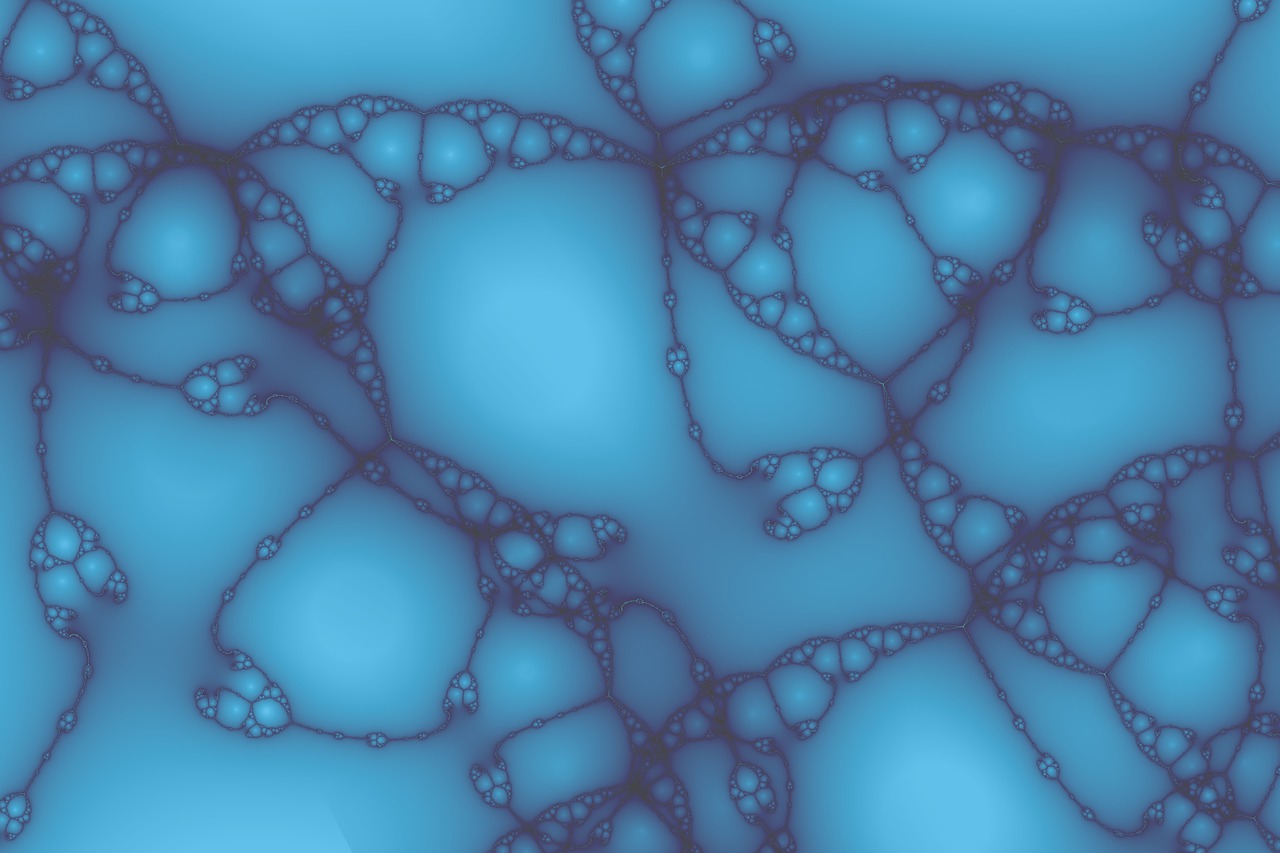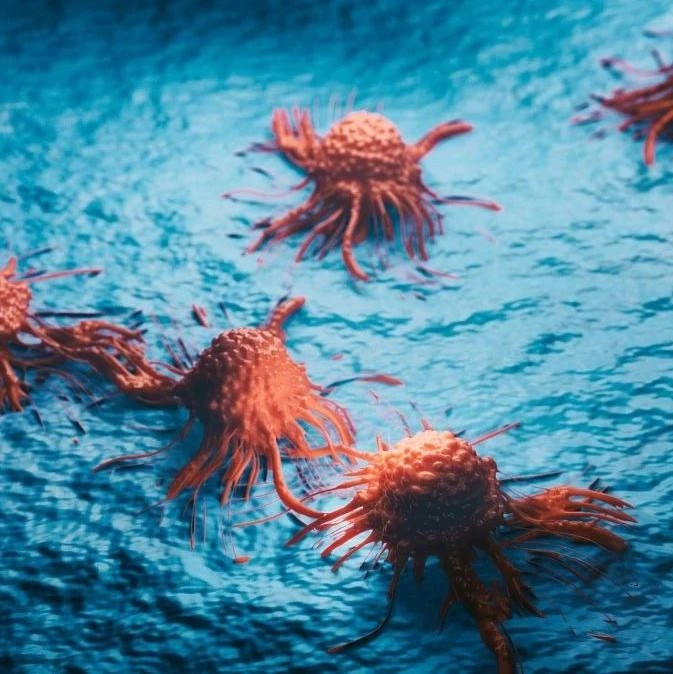摘要:Weizmann研究所的科学家发现,炎症类似于一个蒸汽发动机气门,当炎症机制保护细胞对抗病毒的侵扰的时候,它的活性达到最大。之后,分子“蒸汽释放阀”恢复,呈现休息状态,重新做好准备。这一发现能够揭示类风湿关节炎或发炎性肠道疾病,并且为炎症性疾病提供有效的治疗方法。
The molecular machines that defend our body against infection don't huff and puff, but some of them apparently operate on the same principle as a steam engine. Weizmann Institute scientists have discovered a mechanism that controls inflammation similarly to a steam-engine valve: Just when the inflammatory mechanism that protects cells against viruses reaches its peak of activity, the molecular "steam-release valve" interferes, restoring this mechanism to its resting state, ready for re-activation. This finding might shed new light on such inflammatory disorders as rheumatoid arthritis or inflammatory bowel disease, and point the way to developing effective therapies.
How does the cellular "steam-release valve" work? The scientists have discovered that its crucial component is the enzyme called caspase-8. When the cell is invaded by a virus, caspase-8 joins a large molecular complex that forms in order to send out an inflammatory signal. However, this same signal, once triggered, makes sure that the inflammatory response will eventually be shut down. The mechanism can be likened to the peak of the steam cycle when the valve opens, releasing steam and restoring the engine to its initial position. In the case of the cell, the inflammatory signal prompts caspase-8 to destroy a protein called RIP1 -- a crucial signal amplifier -- after RIP1 has reached a state in which it can produce maximal amplification. The inflammatory cycle is thus completed: The signaling mechanism, precisely after reaching its peak activity level, returns to its neutral state, ready to enter yet another inflammatory cycle in case the cell is still under viral attack.
Until recently, caspase-8, discovered by study leader Prof. David Wallach of Weizmann's Biological Chemistry Department some 15 years ago, was known to prevent inflammation in only one way -- by causing damaged cells to self-destruct in a process called apoptosis. In the course of this process, the contents of the dying cells are prevented from spreading around and triggering inflammation. The present study, reported recently in Immunity, reveals an entirely new mechanism by which caspase-8 can control inflammation more directly. The research was performed in Wallach's lab by Dr. Akhil Rajput, Dr. Andrew Kovalenko, Dr. Konstantin Bogdanov, Seung-Hoon Yang, Dr. Tae-Bong Kang, Dr. Jin-Chul Kim and Dr. Jianfang Du.
The study results might be relevant for various types of inflammation -- not only that caused by viruses -- and can thus provide important insights into inflammatory disorders. Since such disorders may occur when the inflammatory response fails to be shut down properly, it's possible that caspase-8 malfunction and the resulting excessive activity of the RIP1 "signal amplifier" might be involved. And if this is indeed the case, a new treatment approach could aim at blocking RIP1, thereby fighting inflammation in a precise and selective manner.
Prof. David Wallach's research is supported by the M.D. Moross Institute for Cancer Research; and the Leona M. and Harry B. Helmsley Charitable Trust. Prof. Wallach is the incumbent of the Joseph and Bessie Feinberg Professorial Chair.







